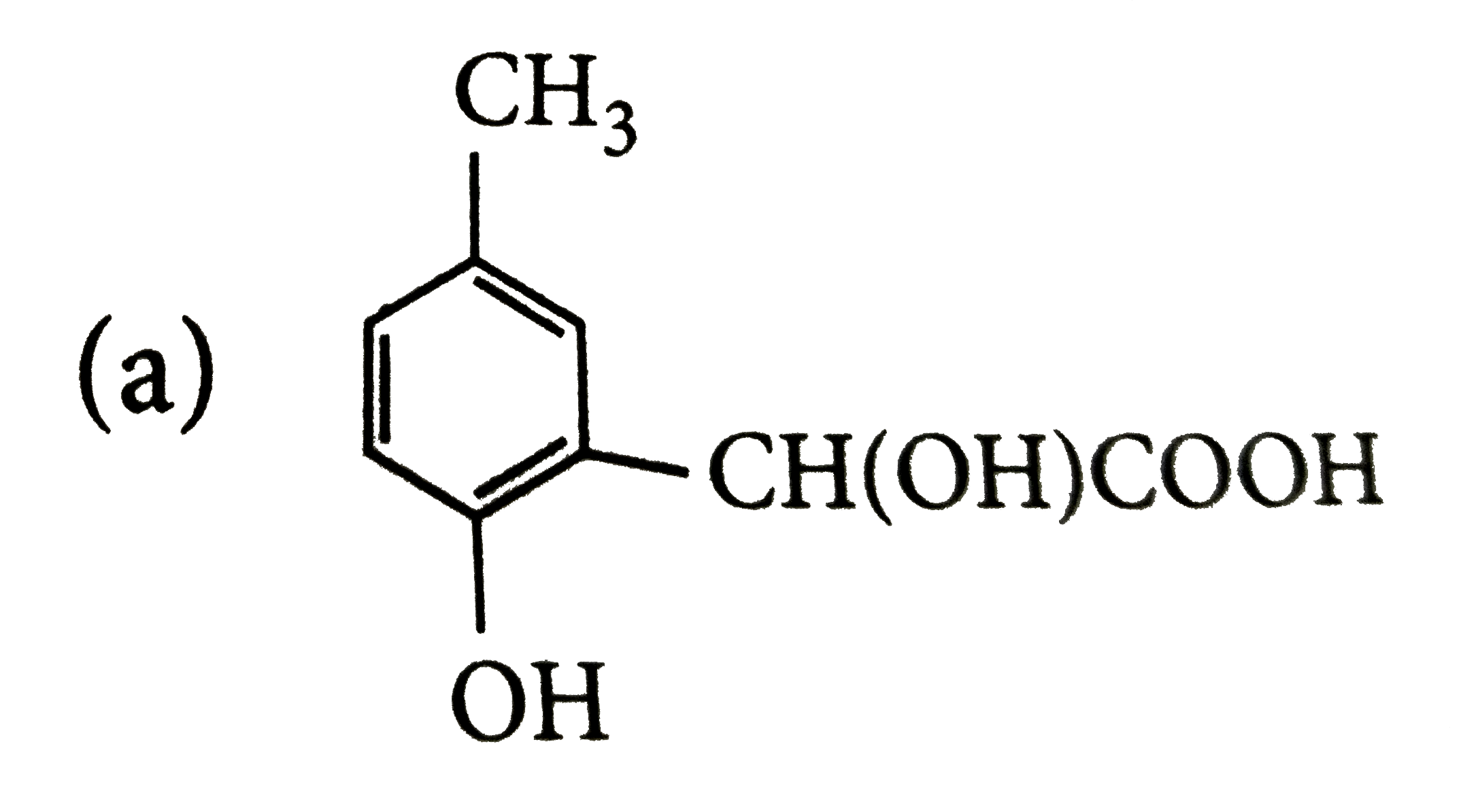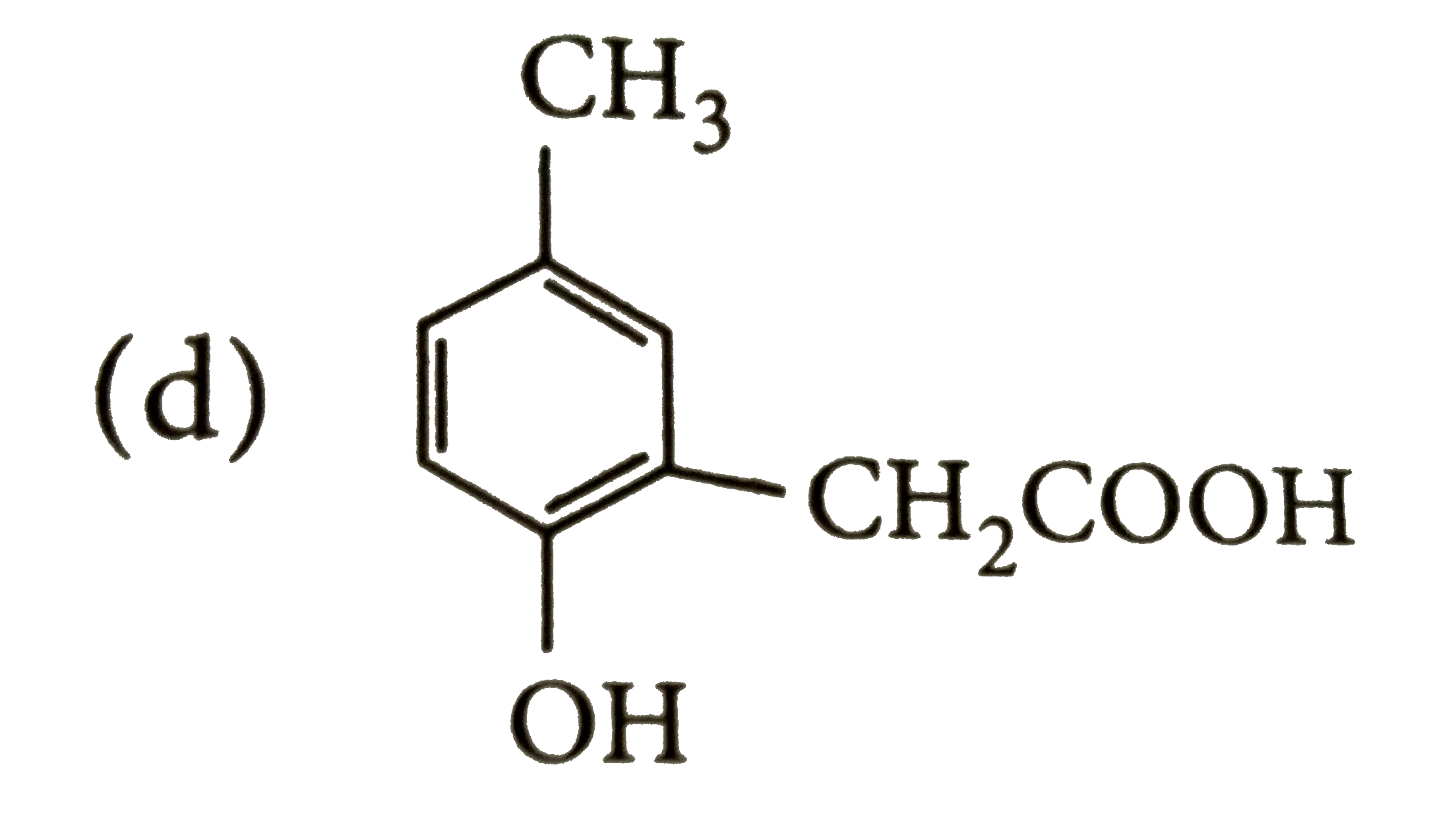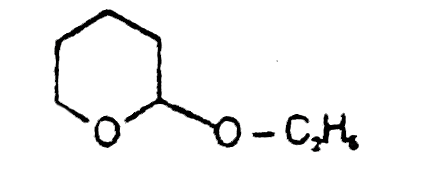Oligosaccharises are the compounds which give ....... monosaccharide molecules on acidic hydrolysis.
Step-by-Step Solution:
1. Definition of Oligosaccharides: Oligosaccharides are carbohydrates that consist of a small number of monosaccharide units, typically ranging from 2 to 10 monosaccharides linked together by glycosidic bonds.
2. Monosaccharide Units: The term "oligosaccharides" indicates that these compounds are formed by the combination of two or more monosaccharides. Common examples include sucrose (composed of glucose and fructose), lactose (composed of glucose and galactose), and maltose (composed of two glucose units).
3. Acidic Hydrolysis: When oligosaccharides undergo acidic hydrolysis, they break down into their constituent monosaccharides. This process involves the addition of water (hydrolysis) in the presence of an acid, which cleaves the glycosidic bonds.
4. Number of Monosaccharides Released: The number of monosaccharide molecules released upon hydrolysis depends on the number of monosaccharide units in the oligosaccharide. For example, if an oligosaccharide is composed of three monosaccharides, it will yield three monosaccharide molecules upon hydrolysis.
5. Conclusion: Therefore, the answer to the question is that oligosaccharides give two or more monosaccharide molecules upon acidic hydrolysis, depending on the specific oligosaccharide in question.
Final Answer: Oligosaccharides are the compounds which give two or more monosaccharide molecules on acidic hydrolysis.
---
Topper's Solved these Questions
- BOOK - ICSECHAPTER - BIOMOLECULESEXERCISE - EXERCISE (PART-I)(OBJECTIVE QUESTIONS)(THE CORRECT ALTERNATIVE FROM THE CHOICES GIVEN : )49videos
BIOMOLECULES
- BOOK - ICSECHAPTER - BIOMOLECULESEXERCISE - EXERCISE (PART-I)(OBJECTIVE QUESTIONS)1videos
BIOMOLECULES
- BOOK - ICSECHAPTER - BIOMOLECULESEXERCISE - ISC EXAMINATION QUSTIONS (PART-I)(DESCRIPTIVE QUESTIONS)21videos
BIOMOLECULES
- BOOK - ICSECHAPTER - APPENDIX II ( TYPICAL CONVERSIONS)EXERCISE - AROMATIC CONVERSIONS98videos
APPENDIX II ( TYPICAL CONVERSIONS)
- BOOK - ICSECHAPTER - CHEMICAL KINETICSEXERCISE - ISC EXAMINATION QUESTIONS (NUMERICAL PROBLEMS )57videos
CHEMICAL KINETICS
Similar Questions
Knowledge Check
- Question 1 - Select One
p-cresol reacts with chloroform in alkaline medium to give the compound A which adds hydrogen cyanide to form, the compound B. the latter on acidic hydrolysis gives chiral caboxylic acid. The structure of the carboxylic acid is
A B
B C
C D
D
- Question 2 - Select One
Assertion : Polysaccharides are called non-sugars.
Reason : Carbohydrates which yield a large number of monosaccharide units on hydrolysis are called polysaccharides.AIf both assertion and reason are true and reason is the correct explanation of assertion.BIf both assertion and reason are true but reason is not the correct explanation of assertion.CIf assertion is true but reason is false.DIf both assertion and reason are false.
The compound which gives H2O2 on treatment with dilute acid is
View Solutionwhich of the following disaccharides will give two molecules of glucose on hydrolysis ?
View SolutionThe compound which gives propane on reduction with Zn and dilute hydrochloric acid is
View SolutionWhich of the following carbohydrate is a monosaccharide?
View SolutionWhich of the following compound does not give oxyacid of central atom on hydrolysis?
View SolutionSucrose (cane sugar) is a disaccharide. One molecule of sucrose on hydrolysis gives........ .
View Solution


